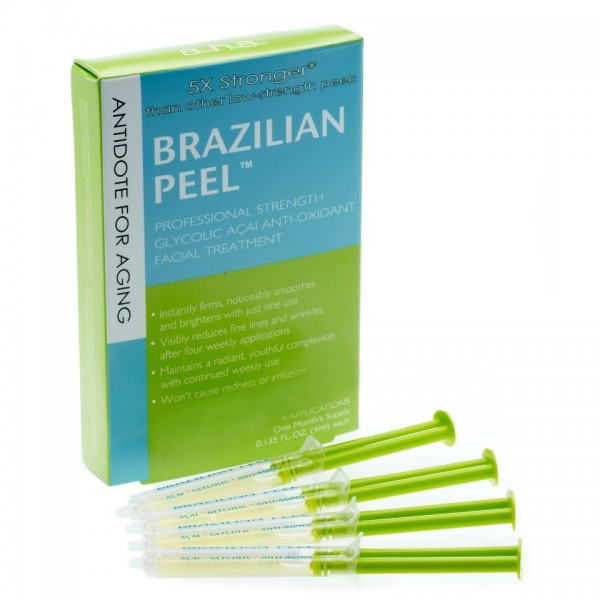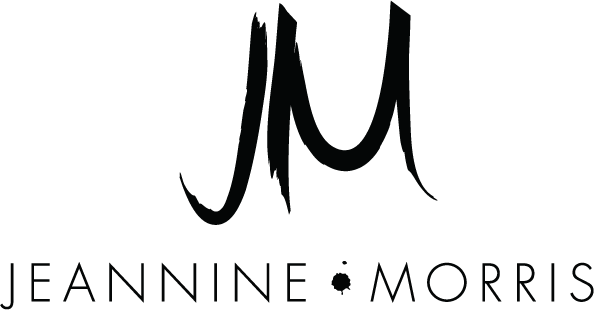 With Labor Day Weekend coming up it's time to begin thinking about fall! Whether you like it or not it's almost here. For me, I've already begun getting my skin in shape, shopping for new boots and thinking about what how I may change my hair color, because New York Fashion Week is less than two weeks away and that's my official start to fall.
Lately, I've been getting a ton of compliments on my complexion (thank you) and the only thing I'm doing differently is using the Brazilian Peel, $78. It's an at home glycolic peel that comes with four once-a-week uses. I just finished my months worth and it was worth it. Despite how much SPF I wore this summer and the types of products used, I still get freckles and hyperpigmentation from just being out in the sun.
With Labor Day Weekend coming up it's time to begin thinking about fall! Whether you like it or not it's almost here. For me, I've already begun getting my skin in shape, shopping for new boots and thinking about what how I may change my hair color, because New York Fashion Week is less than two weeks away and that's my official start to fall.
Lately, I've been getting a ton of compliments on my complexion (thank you) and the only thing I'm doing differently is using the Brazilian Peel, $78. It's an at home glycolic peel that comes with four once-a-week uses. I just finished my months worth and it was worth it. Despite how much SPF I wore this summer and the types of products used, I still get freckles and hyperpigmentation from just being out in the sun.
"A glycolic acid peel would be a great way to help refresh the skin, restore vibrancy and even out skin tone following a long, hot, summer," comments Dr. Audrey Kunin. "It does indeed remove dead surface skin cells."
The peel has 30% glycolic acid in it, which is pretty strong and compares to one you'd get at a derms office. The first time I used it I felt a tingling and burning sensation, but weeks 2-4 I didn't. Now, I have a more even toned complexion (my forehead was really dark) and my skin is super smooth.
"Most people unless they have very sensitive skin or are prone to rosacea are able to utilize a glycolic acid peel, but pay attention to your skin and discontinue use of it is irritating," Dr. Kunin warns.

 Double duty beauty products are all the rage these days – and celebs are using just about anything that cuts their time in half and has added skincare benefits. Last month, Reese Witherspoon confessed that she takes an oral supplement, Life Extension's Enhanced Fernblock with Sendara, (in addition to applying sunscreen) to increase sun protection and keep her skin looking fresh.
While Reese’s routine might seem harmless, there’s one caveat: even though it contains the protective ingredient polypodium leucotomos extract, the ashwagandha contained in her supplement hinders it. According to dermatologist and founder of
Double duty beauty products are all the rage these days – and celebs are using just about anything that cuts their time in half and has added skincare benefits. Last month, Reese Witherspoon confessed that she takes an oral supplement, Life Extension's Enhanced Fernblock with Sendara, (in addition to applying sunscreen) to increase sun protection and keep her skin looking fresh.
While Reese’s routine might seem harmless, there’s one caveat: even though it contains the protective ingredient polypodium leucotomos extract, the ashwagandha contained in her supplement hinders it. According to dermatologist and founder of 


















